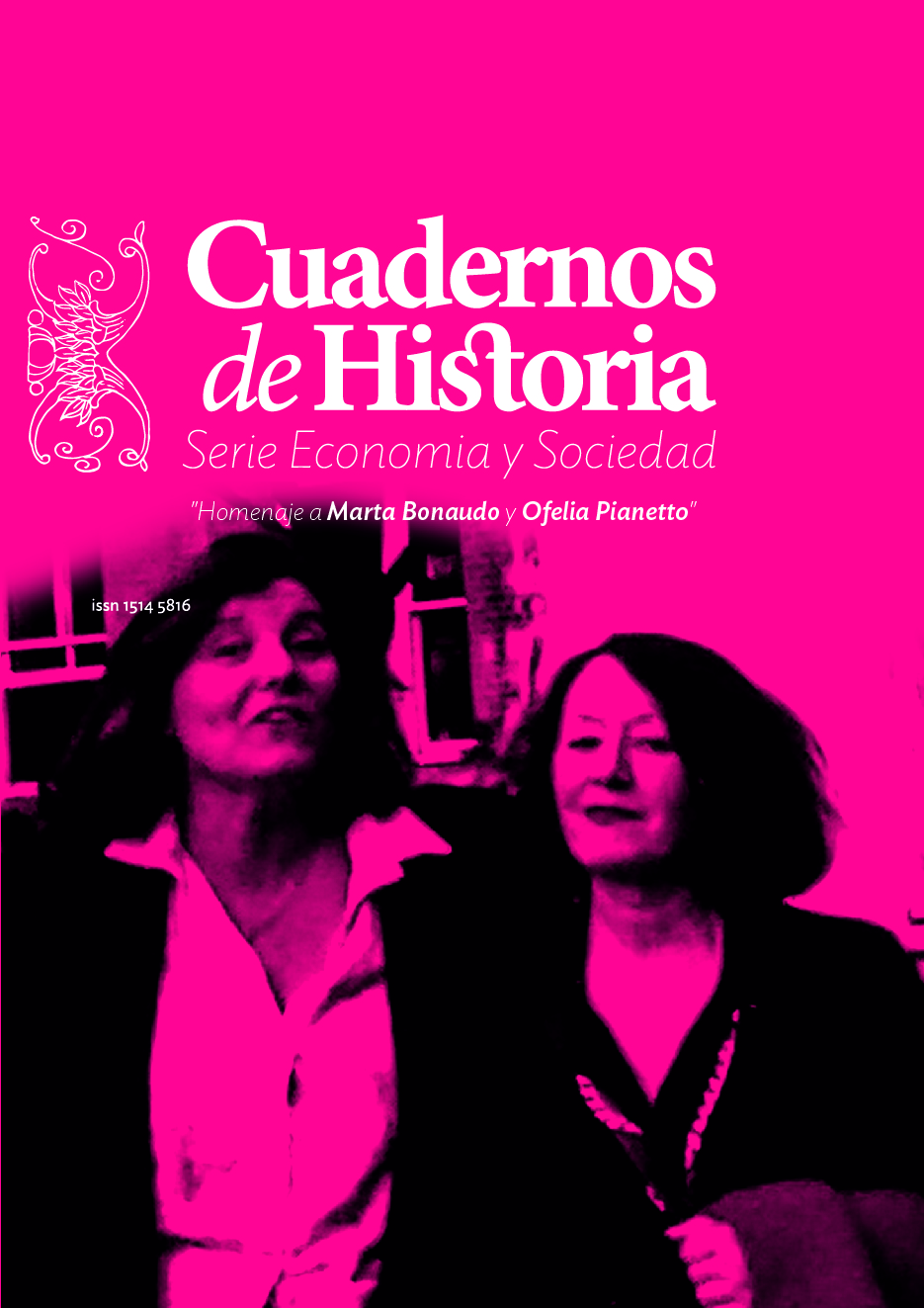Mercado de trabajo y acción sindical en la Argentina, 1890-1922
DOI:
https://doi.org/10.53872/2422.7544.nEdición%20Especial.36917Keywords:
migration, workers, strikesAbstract
The article analyzes the composition of the labor force at the end of the 19th century and the beginning of the 20th century in Argentina, describing the process of internal migrations and urbanization of the population that characterized this historical process. It debates with some historical interpretations of this process elaborated by militants of different political currents that generated a series of myths about the formation of the working class in Argentina, among them, the foreign character of most of the workers and their ideologies. In contrast, the native origin of a significant number of workers who formed the urban proletariat after the establishment of industries in the main urban centers (Buenos Aires, Rosario and Córdoba) is recognized. The dynamics of the labor market are also characterized, identifying seasonal variations in supply and demand. In connection with these production conditions, the forms of organization and claims in the first strike movements that took place in the period are analyzed, recognizing productive sectors and predominant ideologies in them, as well as explaining the causes that provoked booms and declines in them.
Downloads
Published
Issue
Section
License
Copyright (c) 2022 Cuadernos de Historia. Serie Economía y Sociedad

This work is licensed under a Creative Commons Attribution 4.0 International License.
Authors publishing in this journal accept the following terms:
a. The author maintains their copyrights and grants this journal the publication of the first original version of their work that is subject to the Creative Commons Attribution License 4.0. This license agreement allows:
Sharing — copy and redistribution of the published material by any means and formats
Reusing — remix, change, and creation of new material from the published work for any purpose, including commercial use.
b. Authors may enter other non-exclusive license agreements of distribution of the version of the published work (i.e. uploading the material on an institutional virtual archive or republishing it on a monographic volume) as long as they attribute the publication of the original version to this journal.
c. It is allowed and recommended that authors publicize their work on the Internet (i.e. on institutional virtual archives or on their personal or professional websites) after their work has been published in this journal.




